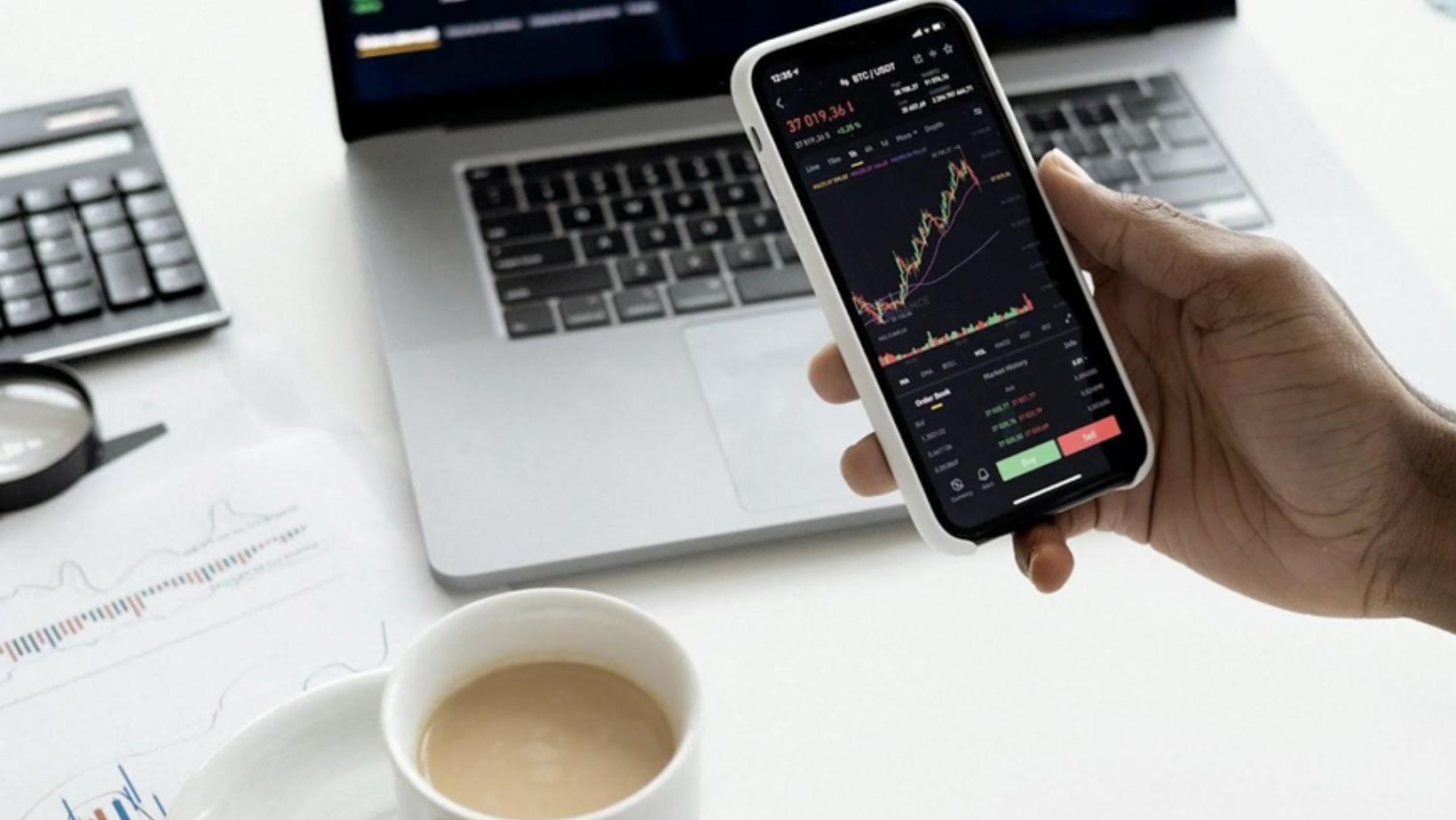The world of international equities presents significant opportunities for investors and traders who want to diversify their portfolios, tap into global growth, and expand their horizons beyond domestic markets. However, trading in foreign markets comes with its own set of challenges, strategies, and regulatory considerations.
This guide will help you navigate the complexities of global equity markets and provide valuable insights into how you can trade international stocks with confidence.
Key International Markets to Know
The U.S. and Canada host some of the largest and most liquid equity markets. The U.S. stock market, led by the NYSE and Nasdaq, is home to major companies like Apple, Microsoft, and Tesla. Canada’s Toronto Stock Exchange (TSX) focuses on natural resources, energy, and financial services, offering opportunities in sectors like mining and oil.
Europe
Europe’s key markets include the London Stock Exchange (LSE), which features major firms like HSBC, BP, and Unilever. The Frankfurt Stock Exchange and Euronext also play significant roles, offering exposure to multinational companies in sectors such as manufacturing and finance.
Asia-Pacific
In the Asia-Pacific region, the Tokyo Stock Exchange (TSE) is the largest, with prominent companies like Sony and Toyota. Hong Kong’s Hang Seng Index provides access to Chinese and regional companies, while Australia’s ASX focuses on industries like mining, banking, and healthcare, benefiting from a strong regulatory environment.
Emerging Markets
Emerging markets, such as Brazil, Russia, India, China, and South Africa (BRICS), offer high growth potential but come with increased risks like political instability and currency fluctuations. Despite the risks, these markets present significant opportunities in sectors like energy, technology, and finance.
Strategies for Trading International Equities
One of the key advantages of trading international equities is the ability to diversify your portfolio. By investing in stocks from various countries, industries, and sectors, you reduce your exposure to the risks of any one particular market or economy.

However, diversification alone is not enough. Proper risk management strategies are essential, especially when dealing with foreign markets. Factors such as geopolitical risk, economic instability, and currency fluctuations can have a significant impact on your investments. Traders should ensure that they have a diversified portfolio across both global markets and asset classes to help manage risk.
Technical vs. Fundamental Analysis for International Equities
When trading international equities, both technical and fundamental analysis play crucial roles. Technical analysis involves studying price charts, trading volumes, and various indicators to predict future price movements. This approach is particularly useful for short-term traders who are focused on market timing.
On the other hand, fundamental analysis involves evaluating a company’s financial health, industry position, and macroeconomic factors. This approach is useful for long-term investors who want to understand the intrinsic value of a stock. Regardless of your trading style, you will need to adapt your analysis to account for different market dynamics in each country.
Currency Considerations
Currency fluctuations are one of the most significant factors to consider when trading international equities. If you are investing in foreign stocks, the value of the currency in the country where the stock is listed can impact your returns. For example, a strengthening U.S. dollar can decrease the value of investments in other currencies.
To mitigate currency risk, investors often use hedging strategies, such as currency options or forward contracts, to protect against adverse currency movements. Some brokers also offer multi-currency accounts to help manage forex risks.
Time Zone and Market Hours
Another challenge of trading international equities is managing different time zones. Stock exchanges around the world have varying trading hours, meaning you need to plan your trading strategy accordingly. For example, U.S. markets open at 9:30 AM EST, while European markets open around 9:00 AM CET, and Asian markets open in the evening for U.S. traders.
Understanding these time differences is critical for executing trades efficiently. Some traders choose to trade during the overlap of major market hours, such as the U.S. and European markets, to maximize liquidity and volatility.
The Role of ETFs and ADRs in International Trading
Exchange-traded funds (ETFs) are an excellent way to gain exposure to international equities without having to trade individual stocks. ETFs track a basket of stocks from a particular country or region, providing instant diversification. For instance, an ETF tracking the MSCI World Index offers exposure to equities from developed markets worldwide.
Many ETFs also focus on specific sectors, such as technology or energy, allowing investors to target particular industries on a global scale. ETFs are traded like stocks, making them a flexible and liquid option for international investors.
American Depositary Receipts (ADRs)
ADRs are another way to trade foreign equities without the complexities of direct trading on foreign exchanges. ADRs are securities that represent shares of foreign companies and are traded on U.S. exchanges.

They allow U.S. investors to gain exposure to international companies like Alibaba or Toyota, without having to deal with foreign exchange markets or international regulations.
ADRs come in different levels, depending on the company’s listing status and financial reporting requirements. Level 1 ADRs are the most basic, while Level 3 ADRs offer a more significant commitment from the company in terms of financial disclosures and regulations.
Conclusion
Trading international equities offer significant opportunities for diversification and growth, but it comes with its challenges. By understanding the global markets, employing sound strategies, and utilizing the right tools, you can navigate the complexities of international equity trading. If you’re ready to explore these opportunities, you can find more info to enhance your knowledge and begin your journey into the world of global investing.

